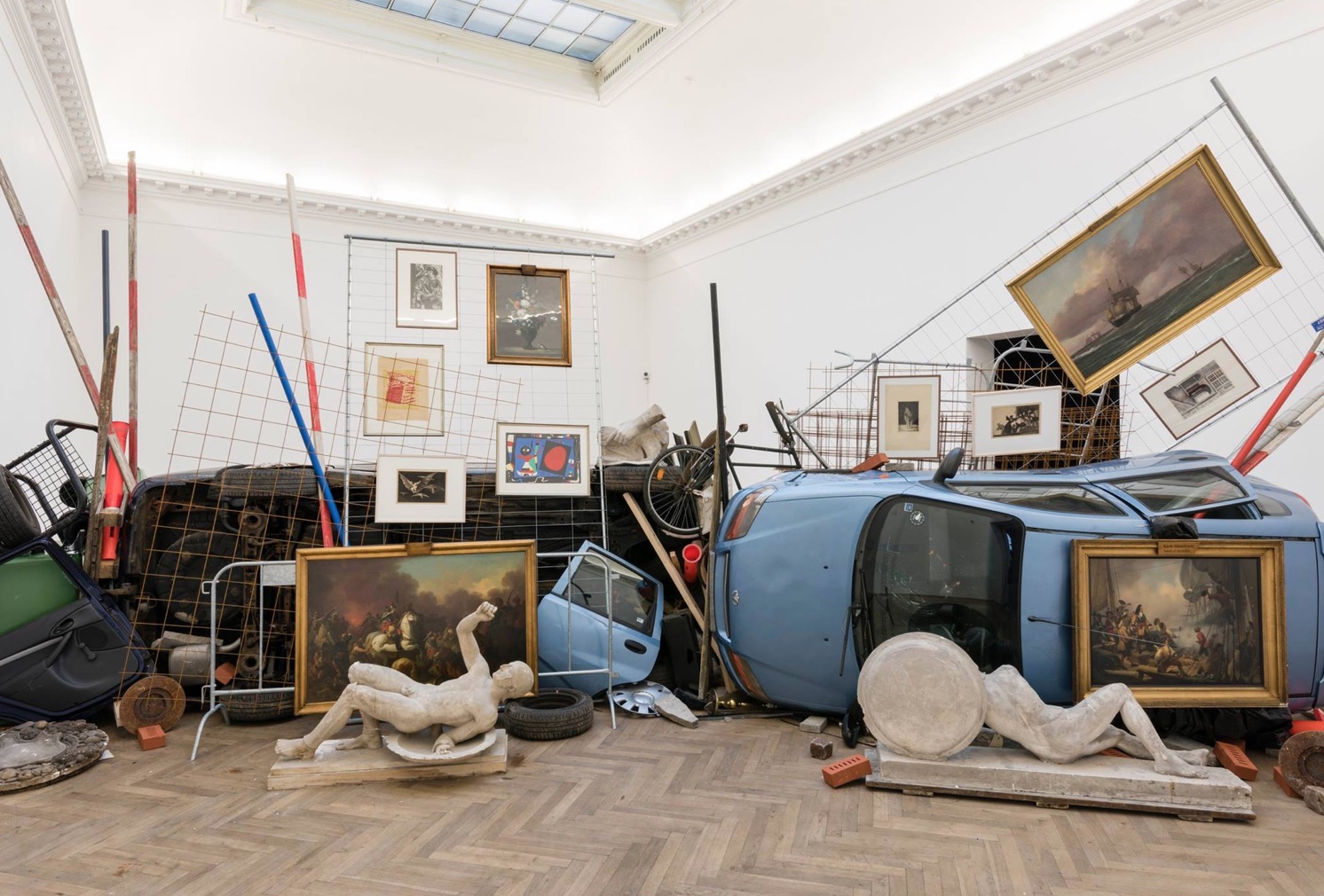It seemed to be impudent and disgusting that the worst bloody institutions worldwide are called Defense Ministries for some reason. None of them defended anyone but planned and executed endless attacks and destruction. But he Museum of Care is in the right place to create a true Ministry of Defense.
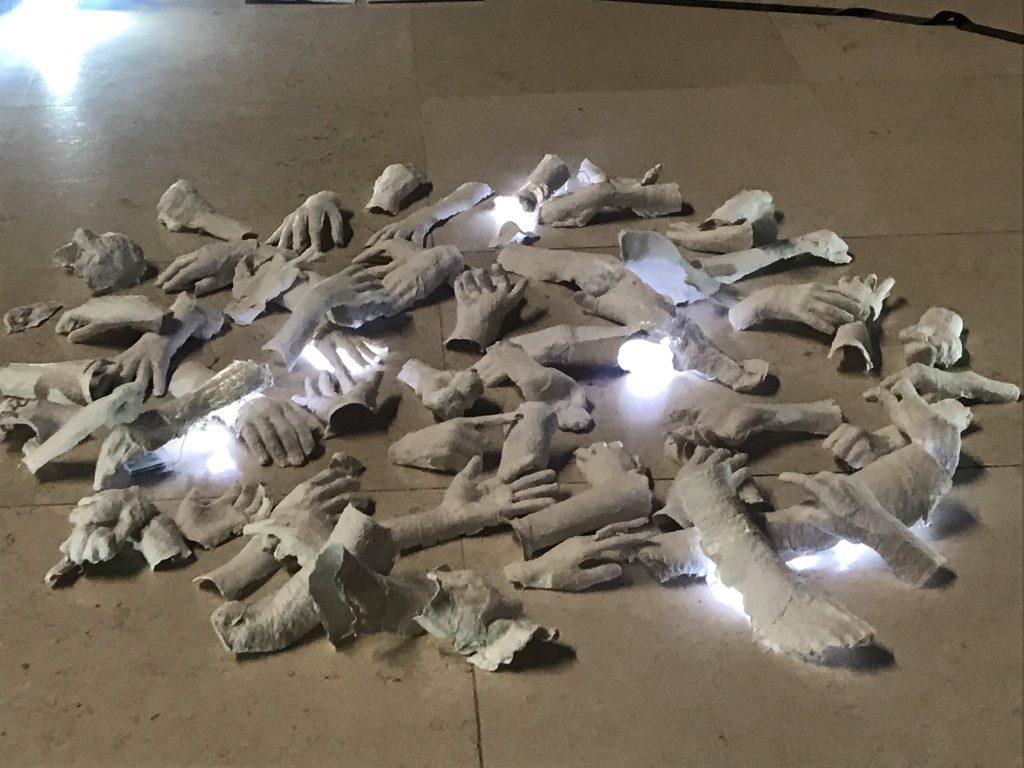
It seemed to be impudent and disgusting that the worst bloody institutions worldwide are called Defense Ministries for some reason. None of them defended anyone but planned and executed endless attacks and destruction. In my Soviet childhood, we used to call the servants of the military departments – “TNT pushers.” On the other side, the Museum of Care is in the right place to create a true Ministry of Defense. What if we placed art-works by famous contemporary Western artists around the perimeter of Rojava, Zapatista communities, and every other place around the world that is under attack right now?
I can name a few more.
What if these works of art, worth millions of dollars, set up a Defense Perimeter of Care in places that need it? Probably this work should be created in order to be destroyed by.. Turkish troops, Mexican government paramilitaries or private militia. Imagine photos of ruins of blown-up video installations, assemblages or paintings that are dear to humanity and celebrated by the community of art lovers!
Will art lovers, the guardians of the values of civilization, weep over ruined masterpieces? Is it possible to create installations, objects, projects, and murals that will help visualize the horror of destruction and nightmare? We encourage celebrity artists to join the Museum of Care’s “Ministry of Defense!” Please get in touch with us! Lend us your work! Help us to get in touch with your fellow contemporary artists. Let’s make art useful! And what could be more useful than even the slightest opportunity to save human lives?
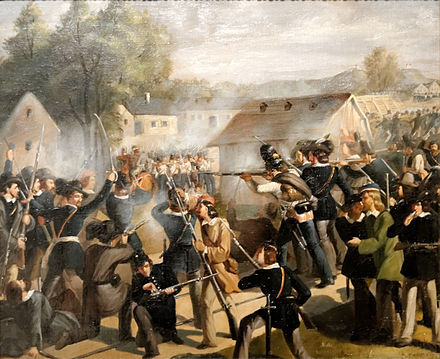
The great revolutionary and writer Mikhail Bakunin, during the Dresden uprising in 1849, suggested that priceless works of art, including Raphael’s Sistine Madonna, be hung on the barricades so that the Prussian soldiers sent to suppress the uprising would either be afraid to shoot at them or would actually destroy the masterpieces. “If it comes to destruction, it would be even better! then everyone will see what barbarians they are!” – Mikhail Bakunin exclaimed.
The rebels were afraid to follow Bakunin’s advice.
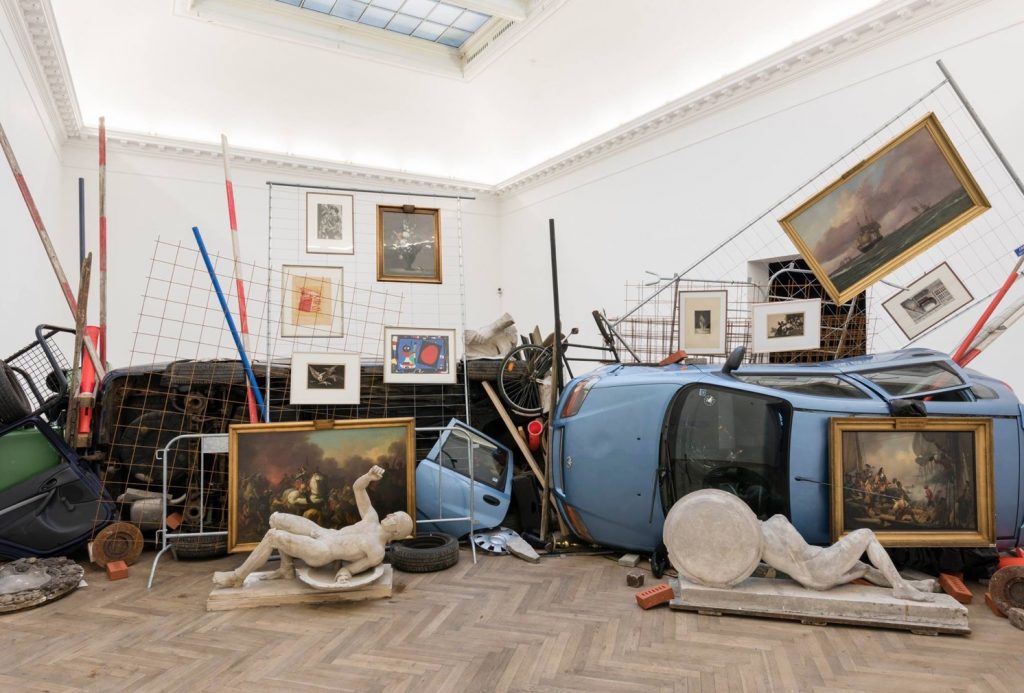
Many years later, the Berlin-based artist of Turkish origin Ahmed Ogut “restored” Bakunin’s idea in the format of a series of museum exhibitions, even concluding an ironically bureaucratic agreement with museums.
Part 2: Imaginary pirate’s worlds as military tools.
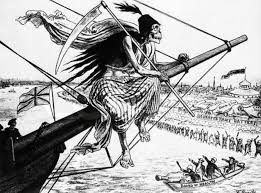
Thinking about the collection of Pirate Flags, which I am working on with Clive Rassell and Michael Collins, I am re-reading David’s book, The Pirate Enlightenment.
David writes that the pirates thought carefully about their iconography. Their flags, their battle costumes, from false teeth, to setting fire to their own beards, their music and rituals were all means to fight the omnipresent empire. All members of the Jolly Brotherhood were suicide bombers, and a few of them were even lucky enough to escape the gallows.
The Jolly Roger with bones and skull meant not “we’ll kill you,” but “we’re already dead,” which is probably much scarier.
And, if you think about it, we are all in a situation now reminiscent of the unhappy fate of the merry-go-round pirates.
Those who follow climate chaos news understand the horror of what is happening.
The slogans we want to use for our project, “Everyone is Pirate,” of course related to the famous avant-garde slogan “Everyone is an Artist,” but as well to the current state of affairs, where all of humanity and each of us individually are on the brink of extinction.
Other slogans: “We are all in the same boat” and “We are the 99%” (though I’m thinking about raising that number to 100%), share that sentiment.
Interestingly, Extinction Rebellion’s iconography is closely related to pirate iconography: the same heart and skulls are used by Miles Glyn in his woodcuts, the same famous hourglass.
And even the modern graphics Clive Russell made for Extinction Rebellion come from such memes as the laughing face originating from the eternal Jolly Roger.
Perhaps the Jolly Roger is the real symbol of enlightenment. If we adopt pirate values, perhaps we can live together and accept one another’s differences as a necessary part of our own freedom.
